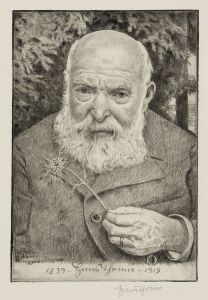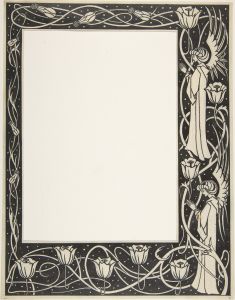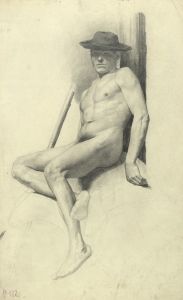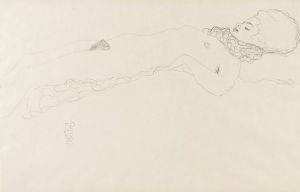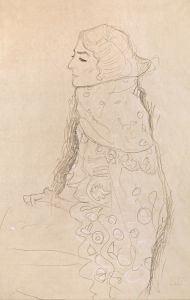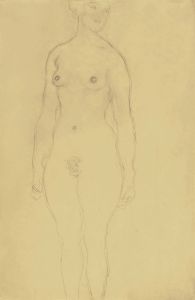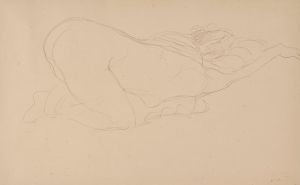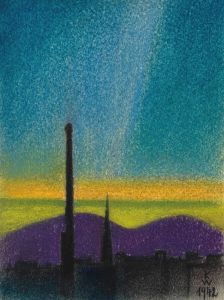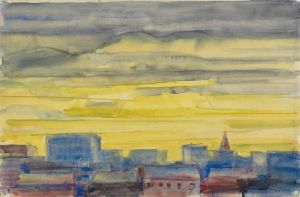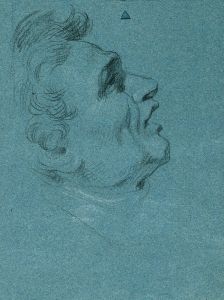
Plakat der 18. Ausstellung der Secession
A hand-painted replica of Gustav Klimt’s masterpiece Plakat der 18. Ausstellung der Secession, meticulously crafted by professional artists to capture the true essence of the original. Each piece is created with museum-quality canvas and rare mineral pigments, carefully painted by experienced artists with delicate brushstrokes and rich, layered colors to perfectly recreate the texture of the original artwork. Unlike machine-printed reproductions, this hand-painted version brings the painting to life, infused with the artist’s emotions and skill in every stroke. Whether for personal collection or home decoration, it instantly elevates the artistic atmosphere of any space.
The artwork Plakat der 18. Ausstellung der Secession (Poster for the 18th Exhibition of the Secession) was created by Austrian artist Gustav Klimt in 1902. This poster was designed as part of the promotional material for the 18th exhibition of the Vienna Secession, an art movement co-founded by Klimt in 1897. The Secession was established as a progressive group of artists who sought to break away from the traditional academic art institutions of the time, advocating for artistic freedom and innovation.
The 18th exhibition of the Vienna Secession, held in 1902, was dedicated to the German composer Ludwig van Beethoven. The event, often referred to as the "Beethoven Exhibition," was a multidisciplinary celebration of the composer, featuring visual art, music, and architecture. The centerpiece of the exhibition was a monumental sculpture of Beethoven by Max Klinger, accompanied by Klimt's famous Beethoven Frieze, a large-scale mural inspired by the composer's Ninth Symphony.
Klimt's poster for the exhibition reflects the stylistic elements of the Vienna Secession, characterized by its use of symbolism, decorative motifs, and a departure from traditional representational art. The design prominently features a female figure, often interpreted as a personification of artistic inspiration or beauty, surrounded by ornamental patterns. The composition is marked by its flat, two-dimensional style and the use of bold, simplified forms, which were hallmarks of the Secessionist aesthetic.
The poster served both as an advertisement for the exhibition and as an example of the Secession's commitment to integrating fine art with graphic design. It exemplifies the movement's philosophy of Gesamtkunstwerk, or "total work of art," which sought to unify various artistic disciplines into a cohesive whole.
Today, Plakat der 18. Ausstellung der Secession is recognized as an important example of early 20th-century graphic design and a significant work within Klimt's oeuvre. It reflects the innovative spirit of the Vienna Secession and its impact on the development of modern art. The poster is often studied alongside Klimt's other works from this period, including the Beethoven Frieze, as a representation of his contributions to the Secessionist movement and his role in shaping the visual culture of his time.





